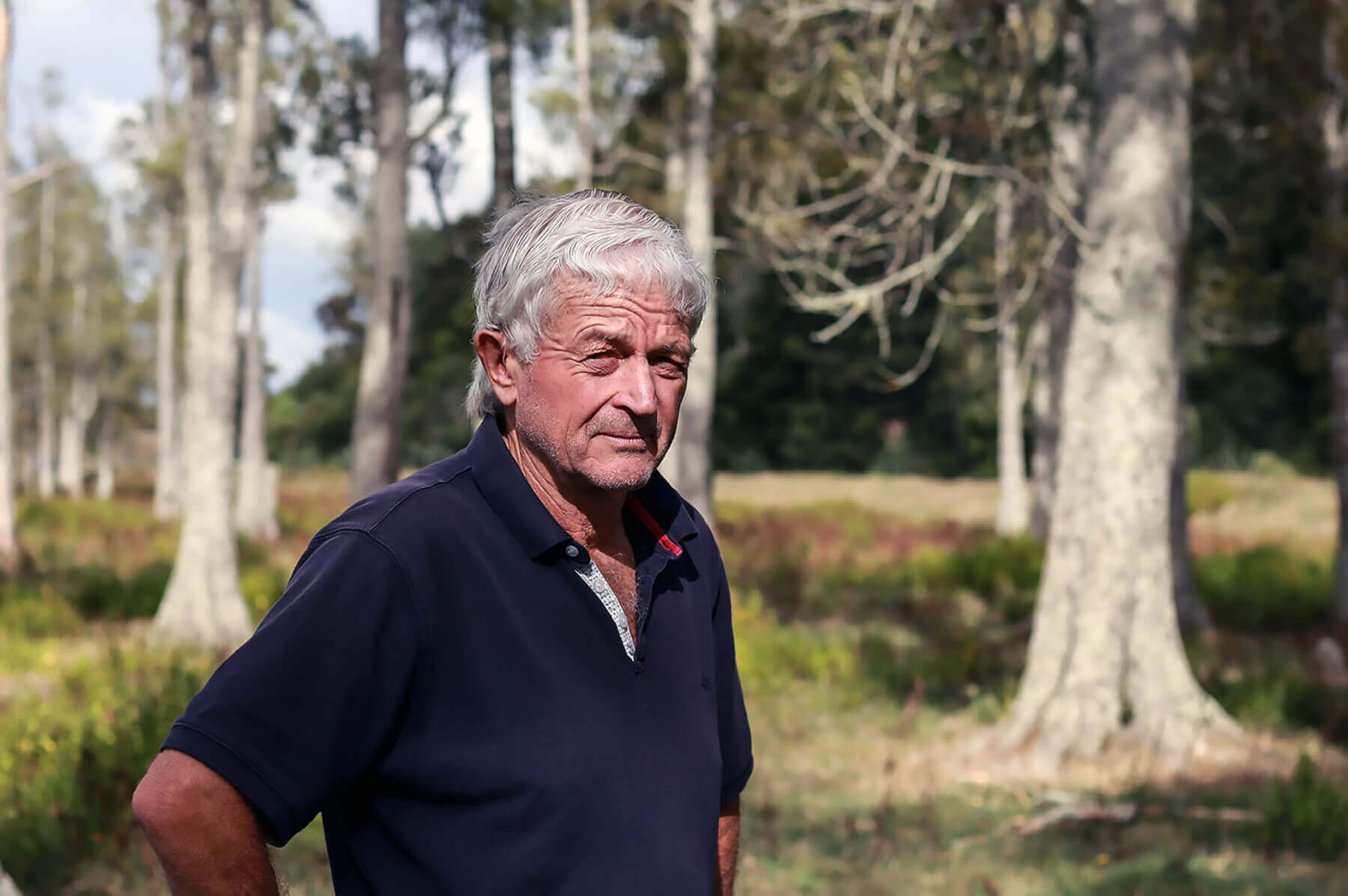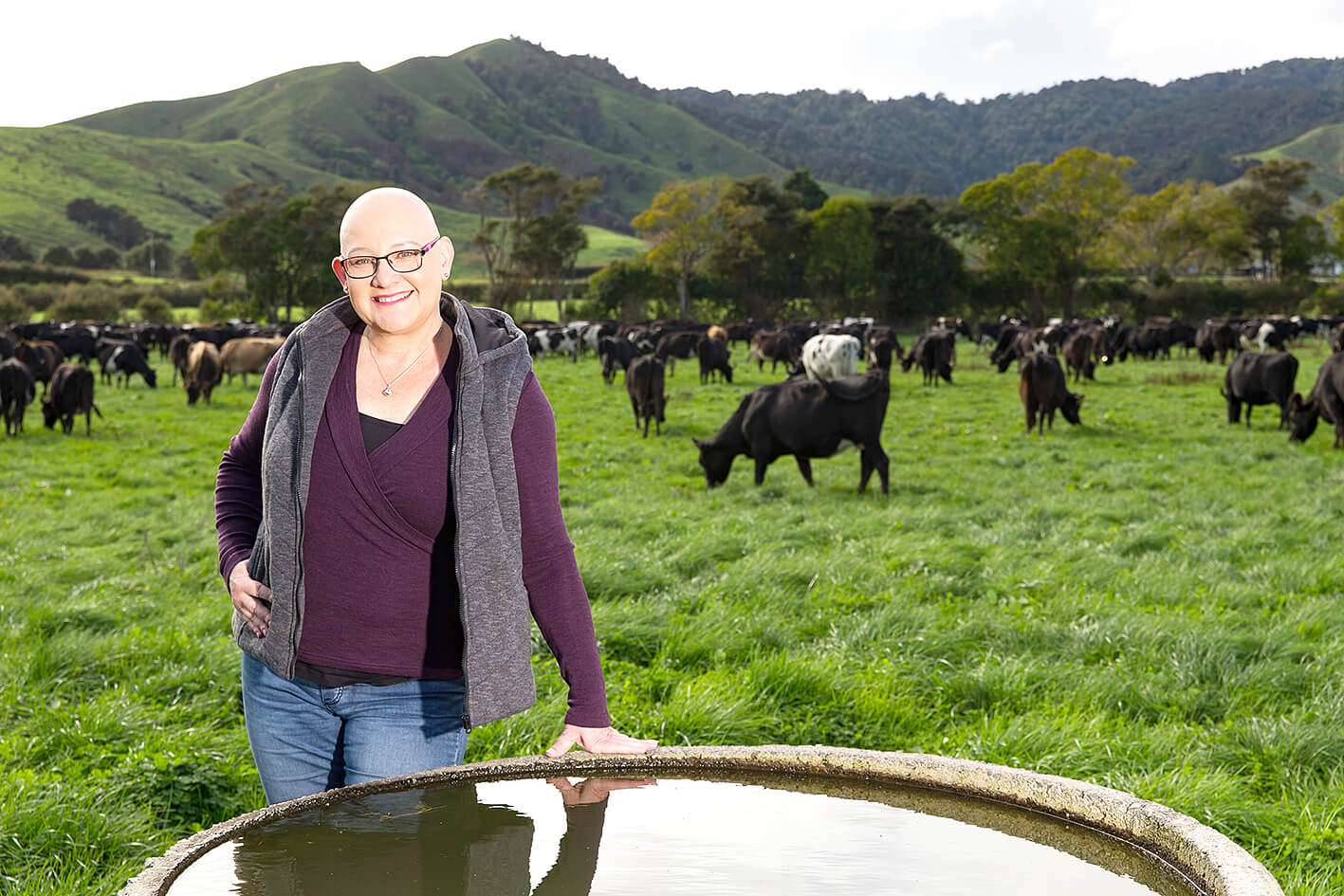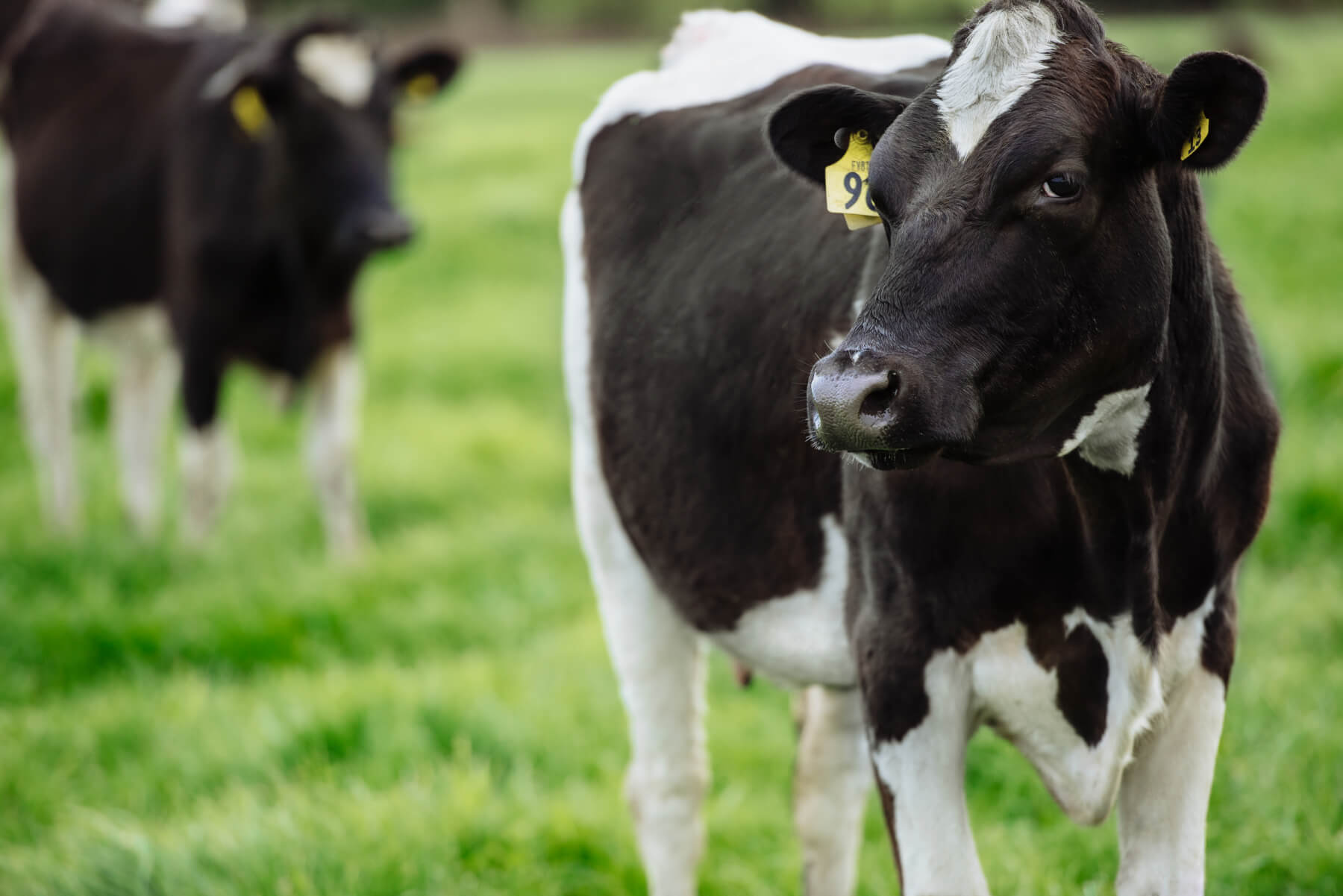Farmers have only weeks to wait to learn the extent of a Waikato Regional Council water quality plan change on their operations.
As they wait for the final version of Plan Change One to fall out of the Environment Court process, following appeals from key primary industry players, council chair Pamela Storey and Federated Farmers Waikato president Keith Holmes are recommending the industry be prepared for change.

Waikato Federated Farmers provincial president Keith Holmes says famers should be thinking about record keeping as Plan Change One’s ruling is imminent.
The Environment Court is expected to release its decision on Plan Change One before the end of March after the regional council was challenged by key primary industry players.
Plan Change One proposes a wide-sweeping set of rules for agricultural land use to improve freshwater quality in the Waikato and Waipā River catchments. It will apply to around 10,000 properties and a land area of 1.1 million hectares within the two catchments.
“Waikato Regional Council has heard from stakeholders that a roadmap is needed for how farmers and growers will be supported to implement Plan Change One,” said Storey.
“It’s impossible to predict what the Environment Court might decide, but farmers and growers in the Waikato and Waipā river catchments have been aware that new rules are coming.”
Storey is married to a fourth generation Waikato dairy farmer Ian. She is also a former member of the Dairy Women’s Network Trust Board.
“While it’s not easy to do when we don’t yet know what Plan Change One will look like, our stakeholders are fully engaged with our Primary Industry Engagement team,” she said.
“As part of this, staff are also looking at systems to support landowners to meet their Plan Change One obligation. Farmers, growers, and regional sector representatives are actively involved to help us ensure these systems meet their needs.
“They’ve been doing a great job already to actively implement good farming practices which are at the heart of farm environment plans.”

Pamela Storey, on her north Waikato dairy farm. Photo: Stephen Barker.
Farm environment plans help manage environmental risks and improve profitability and long-term viability.
“They look at the farm and farm system, identify work which have already been completed and plan any environmental work which needs to be undertaken in the future to protect land and water quality. They’re designed to be a living document – that means they can be updated as the business or other factors change.”
Holmes said while a lot was still uncertain farmers could start thinking about their record keeping assisting with preparing farm plans and demonstrating all the work, they’re already doing to lighten their environmental footprint.
“The rule making process began in 2012 and Federated Farmers has been involved at every stage, appealing to the Environment Court many proposed policies and rules on the basis they didn’t make sense on-farm,” said Holmes.
Examples of issues Federated Farmers appealed include which waterbodies stock need to be excluded from, setback distances, how critical source areas are identified and managed, and how often fertiliser spreaders need to be calibrated.
“Along with other parties, we’ve been on a long journey of council hearings, mediations and, more recently, Environment Court hearings,” he said.
“This has been an incredibly drawn-out, expensive and uncertain process for everyone involved, including Federated Farmers.”
The aim was to reduce the cost to farmers and bureaucracy.
“Time and money are better spent on environmental mitigations than expensive consenting processes,” he said.
“We’re crossing our fingers that the end might now be in sight and that the final wording of Plan Change One works for the environment and is also sensible, practical and affordable for our productive sector.”
The Environment Court is working through some technical issues that Holmes hoped would be resolved in the next month or so.
“Federated Farmers’ efforts to propose pragmatic solutions for unworkable parts of the plan have made a significant difference,” Holmes said. “A lot is still uncertain.”
Original proposals included that farmers might not be allowed to cultivate within five metres of a water body, and there were significant limitations on when and how much nitrogen fertiliser could be applied.
“There’s a lot at stake, not just for the viability of local farms and the Waikato economy. The outcome will matter for all farmers around New Zealand as what happens here could set a precedent that will impact other regions. Other councils are watching on to see the outcome of this, so what happens here could have flow-on effects to other farmers around the country.”
The Environment Court ruling is not the final word on the subject.
The repeal of the Resource Management Act before the next election will have implications for these rules.
“It is still unclear exactly how a new Resource Management Act may affect the Plan Change One rules,” Holmes said.
“Federated Farmers is highly engaged in the process to replace the Resource Management Act, and we will continue to update farmers on implications for local rules as more information comes to light.”
DairyNZ was another organisation to appeal against the plan change.

DairyNZ general manager of farm solutions and policy David Burger hopes to achieve workable evidence-based solutions for farmers.
General Manager of farm solutions and policy David Burger said DairyNZ had invested significant resource into the plan change for more than a decade. The organisation wishes to achieve workable evidence-based solutions for farmers while delivering on the outcomes sought through the vision and strategy for the Waikato Waipa catchment (Te Ture Whaimana).
“DairyNZ has concerns with the decisions version which places unnecessary costs and compliance on dairy farmers through resource consents and reporting requirements,” Burger said.
“DairyNZ’s evidence provided aims to reduce the unnecessary cost on farmers whilst still delivering on the outcomes sought.
“DairyNZ recognises that there are around 2000 dairy farms impacted by Plan Change One and although the decision is not yet made, we are working with dairy companies and Waikato Regional Council to support farmers through the process.”
Once a decision is made, DairyNZ will communicate it to farmers, and support farmers with education, awareness, and technical science support for those impacted.

Close up of cow in field with cow in the background








